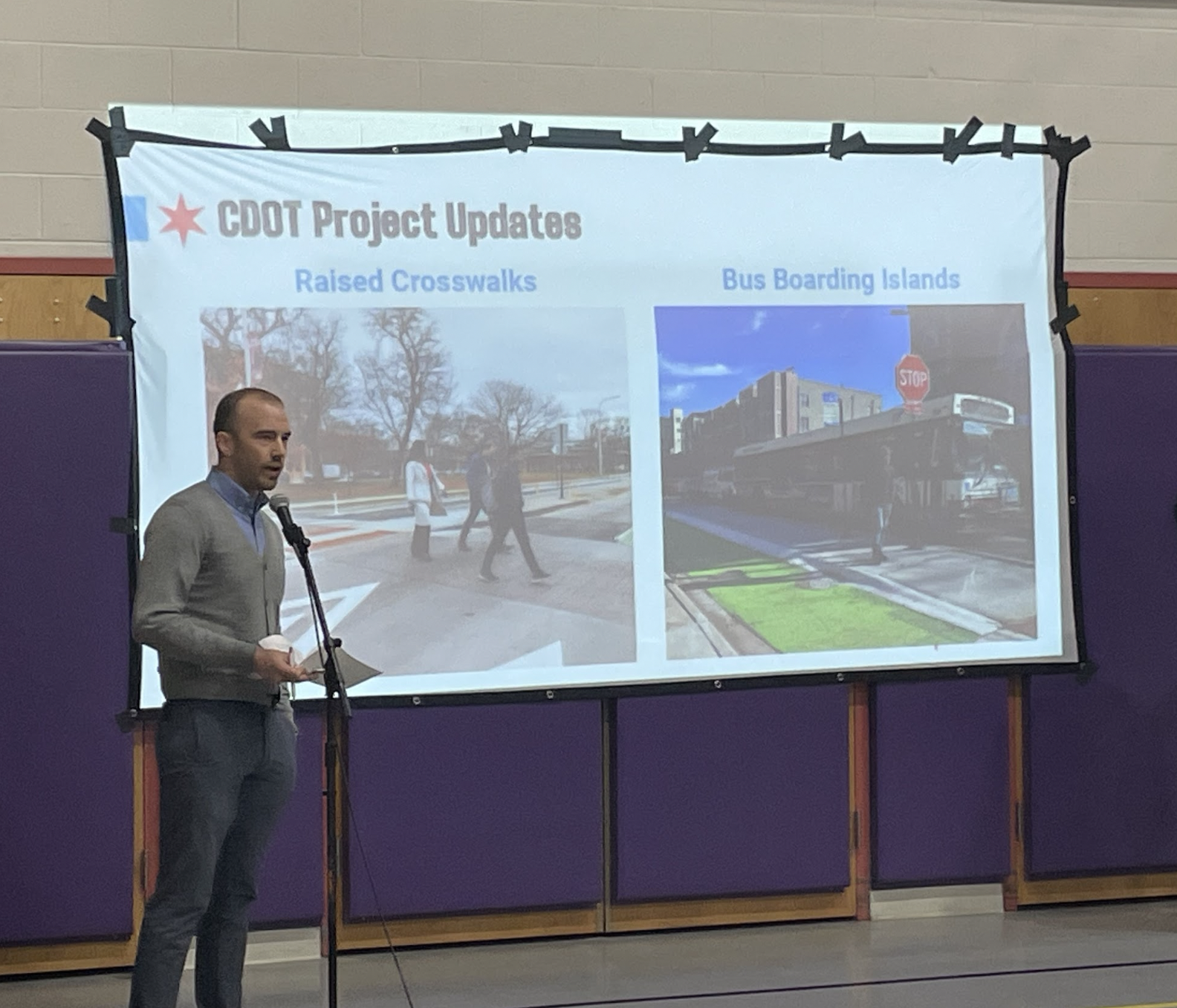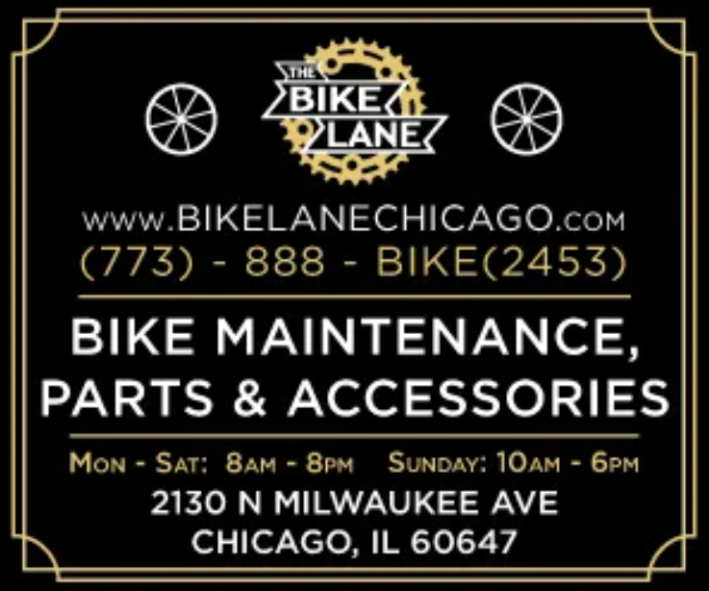
Last week at Hibbard Elementary, 3244 W Ainslie St. in Albany Park, the Chicago Department of Transportation's Chicago Mobility Collaborative discussed ideas to make our city a safer, more efficient, and more enjoyable place to walk, bike, and ride transit.
"The goal of the Chicago Mobility Collaborative is to establish a forum for meaningful participation, where collaboration is encouraged, learning is facilitated, partnerships are fostered, and where Chicagoans have a voice in the decision making that impacts them," stated a presentation slide.
There were five goals for the meeting,:
- Make new connections and identify opportunities for partnerships
- Inform the public on key CDOT projects, traffic safety data, and traffic safety strategies,
- Meet the Chair and staff from the Committee on Pedestrian & Traffic Safety
- Advance conversations and efforts identified at past Community Tables
- Discuss opportunities for actions and advocacy efforts.
Brad Huff, CDOT's complete streets planning manager talked about provisional data on Chicago traffic fatalities from January to October of this year. Huff also announced that the department has a new Complete Streets website. Huff also talked about last week's ribbon cutting for the protected bike lanes and raised crosswalks on Central Park Avenue by the Garfield Park Fieldhouse and the Garfield Park Conservatory. (Go on a virtual bike ride through that project here.)
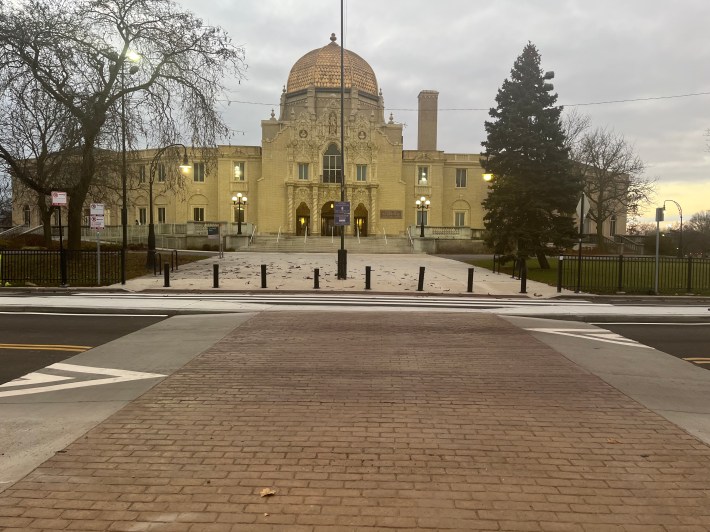
“I just want to highlight that we have more raised crosswalks than ever before," Huff said. "These become much more regular components of all kinds of different projects. We're starting to get them installed on some of our bigger resurfacing projects or street reconstruction. The same thing with bus boarding islands that just got done this earlier year. Over the last two years, we've installed fifty-plus boarding islands throughout the city and we plan to install a lot more.
The same thing with bus boarding islands that just got done this earlier year. Over the last two years, we've installed fifty-plus boarding islands throughout the city and we plan to install a lot more. Once again, incorporating those into a lot more plans."
Another thing Huff wanted to highlight was Southwest Neighborhood Bike Network outreach, which he said hasn’t gotten a lot of coverage (in publications besides Streetsblog). According to Huff, their community engagement has been really successful, with over 20 meetings and work with more than 12 community-based organizations. They’ve had 400 people respond to an online survey and have engaged with over 700 people in the relevant neighborhoods.
Huff also mentioned that 1,400 free bikes that were distributed to Chicagoans over the past year, with the next round of bike distributions scheduled to begin in March 2024. He noted that the Divvy bike-share system is expanding citywide, and more non-electric blue bikes, and full-service stations where they can be docked, are being added. Finally, he said new bikeways are planned for Central Park Avenue and Berteau/Cullom avenues in the 33rd Ward
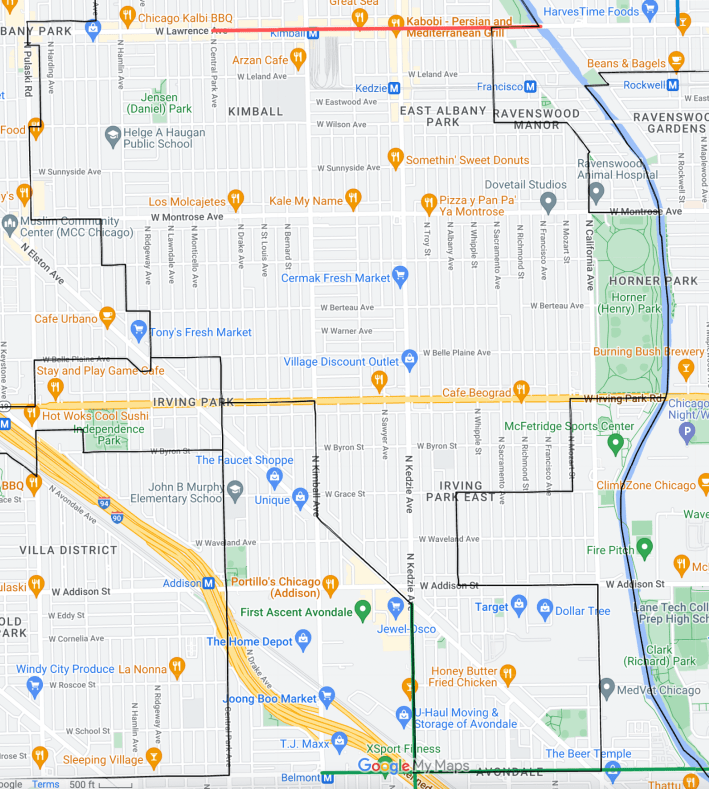
Ald. Daniel La Spata (1st) attended the event over Zoom. He said the work of the Chicago Mobility Collaborative meant a lot to him personally. "I learned to walk at about 12 months, learned to ride a bike probably about ten years, and didn’t learn how to drive a car until I was 39. This gives you a sense of the mobility choices and priorities that I was making then and still make." La Spata said drivers have almost struck him many times, and he has a daughter who's going to be walking/biking soon.
“That prerogative [is] that, ward by ward, community by community, shapes our infrastructure. It’s why you can build Milwaukee Avenue as recently as a year. It will feel differently. Every single Ward, that prerogative.
La Spata noted that aldermanic prerogative, the de-facto ability of alders to veto projects in their wards, is why it's taking so long to get protected bike lanes on popular biking corridors like Milwaukee, which has seen many cycling deaths.
"That cannot continue to be true," La Spata said. "For the Chicago that we need to build, that can’t continue to be our infrastructure reality. Please know that in addition to the work that we’re doing around policy, around infrastructure, around community engagement, that work is going to have to include checking that prerogative both by culture and policies in service of [a] city where everyone gets home safe and alive, no matter how they travel.”

As is usually the case with meetings like this, attendees broke off into separate groups in order to talk about different subjects. Table 1 participants talked about the Better Streets for Buses Plan, discussing the challenges of implementing bus rapid transit, especially in a relatively car-centric city like Chicago, and how to reassure people who are still very attached to their cars. Table 2 participants talked about Open Streets and Open Boulevards, discussing ways you can do put on similar programs in your community with help from CDOT.
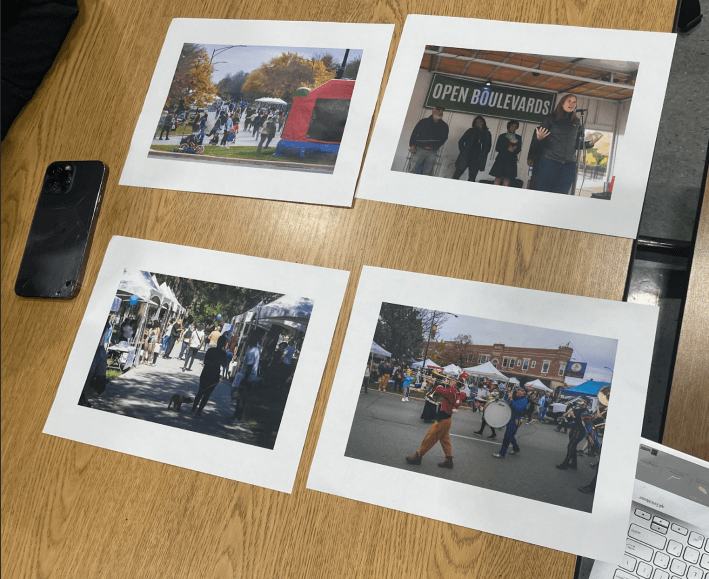
Table 3 was called “City Council, the Inside Scoop” and was about the control that alderpersons and other officials have over city streets, including aldermanic prerogative. Table 4 talked about Chicago Moves Electric, a new initiative to provide e-vehicle infrasturcture across the city.
"I thought it was great," said transportation planner Sophie Blumenstein. "The last one [in Belmont Cragin] had a little bit more diverse participants, but it was great to talk about the stuff with different people tonight and nice to be in Albany Park too." Asked if there was anything that could have been done better, Blumenstein said that the meetings should happen more frequently.

Did you appreciate this post? Please consider making a tax-deductible donation.
